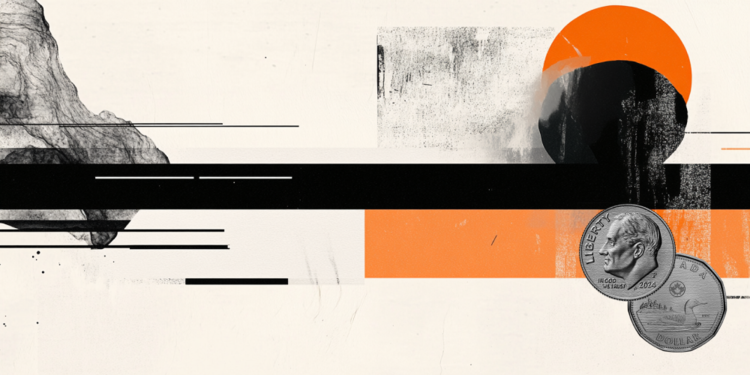- USD/CAD trades sideways below 1.3700 ahead of the US inflation data for May.
- The US CPI data will influence market expectations for the Fed’s monetary policy outlook.
- Lower Oil price weigh on the Canadian Dollar.
The USD/CAD trades in a tight range below 1.3700 during European trading hours on Wednesday. The Loonie pair consolidates as investors await the United States (US) Consumer Price Index (CPI) data for May, which will be published at 12:30 GMT.
Economists expect the US headline inflation to have accelerated to 2.5% from 2.3% in April. The core CPI – which excludes volatile foods and energy prices – is expected to have grown at a faster pace of 2.9%, compared to the prior reading of 2.8%.
CPI expectations indicate that the tariff policy imposed by US President Donald Trump has started feeding into the economy. The scenario of accelerating inflationary pressures will encourage Federal Reserve (Fed) officials to commit to holding onto their stance that monetary policy adjustments are not appropriate unless they scrutinize the likely consequences of new economic policies imposed by Trump.
Ahead of the US inflation data, the US Dollar Index (DXY), which tracks the Greenback’s value against six major currencies, trades flat around 99.00.
Meanwhile, the Canadian Dollar (CAD) ticks down as market experts see the Oil price falling amid demand concerns. The US Energy Information Administration (EIA) anticipated a decline in international benchmark Brent crude to $61/bbl by end-2025, citing demand concerns and rising output.
Given that Canada is the leading exporter of Oil to the US, lower energy prices weigh on the Loonie.
US Dollar FAQs
The US Dollar (USD) is the official currency of the United States of America, and the ‘de facto’ currency of a significant number of other countries where it is found in circulation alongside local notes. It is the most heavily traded currency in the world, accounting for over 88% of all global foreign exchange turnover, or an average of $6.6 trillion in transactions per day, according to data from 2022.
Following the second world war, the USD took over from the British Pound as the world’s reserve currency. For most of its history, the US Dollar was backed by Gold, until the Bretton Woods Agreement in 1971 when the Gold Standard went away.
The most important single factor impacting on the value of the US Dollar is monetary policy, which is shaped by the Federal Reserve (Fed). The Fed has two mandates: to achieve price stability (control inflation) and foster full employment. Its primary tool to achieve these two goals is by adjusting interest rates.
When prices are rising too quickly and inflation is above the Fed’s 2% target, the Fed will raise rates, which helps the USD value. When inflation falls below 2% or the Unemployment Rate is too high, the Fed may lower interest rates, which weighs on the Greenback.
In extreme situations, the Federal Reserve can also print more Dollars and enact quantitative easing (QE). QE is the process by which the Fed substantially increases the flow of credit in a stuck financial system.
It is a non-standard policy measure used when credit has dried up because banks will not lend to each other (out of the fear of counterparty default). It is a last resort when simply lowering interest rates is unlikely to achieve the necessary result. It was the Fed’s weapon of choice to combat the credit crunch that occurred during the Great Financial Crisis in 2008. It involves the Fed printing more Dollars and using them to buy US government bonds predominantly from financial institutions. QE usually leads to a weaker US Dollar.
Quantitative tightening (QT) is the reverse process whereby the Federal Reserve stops buying bonds from financial institutions and does not reinvest the principal from the bonds it holds maturing in new purchases. It is usually positive for the US Dollar.

